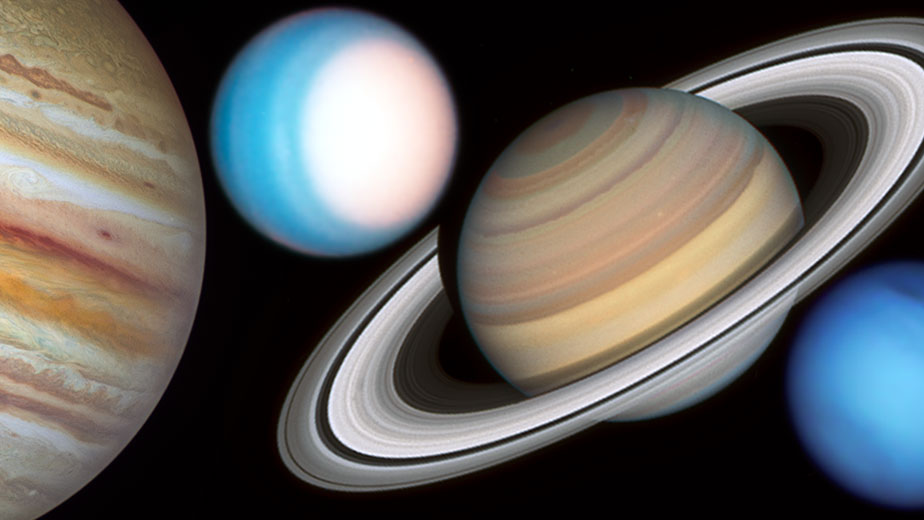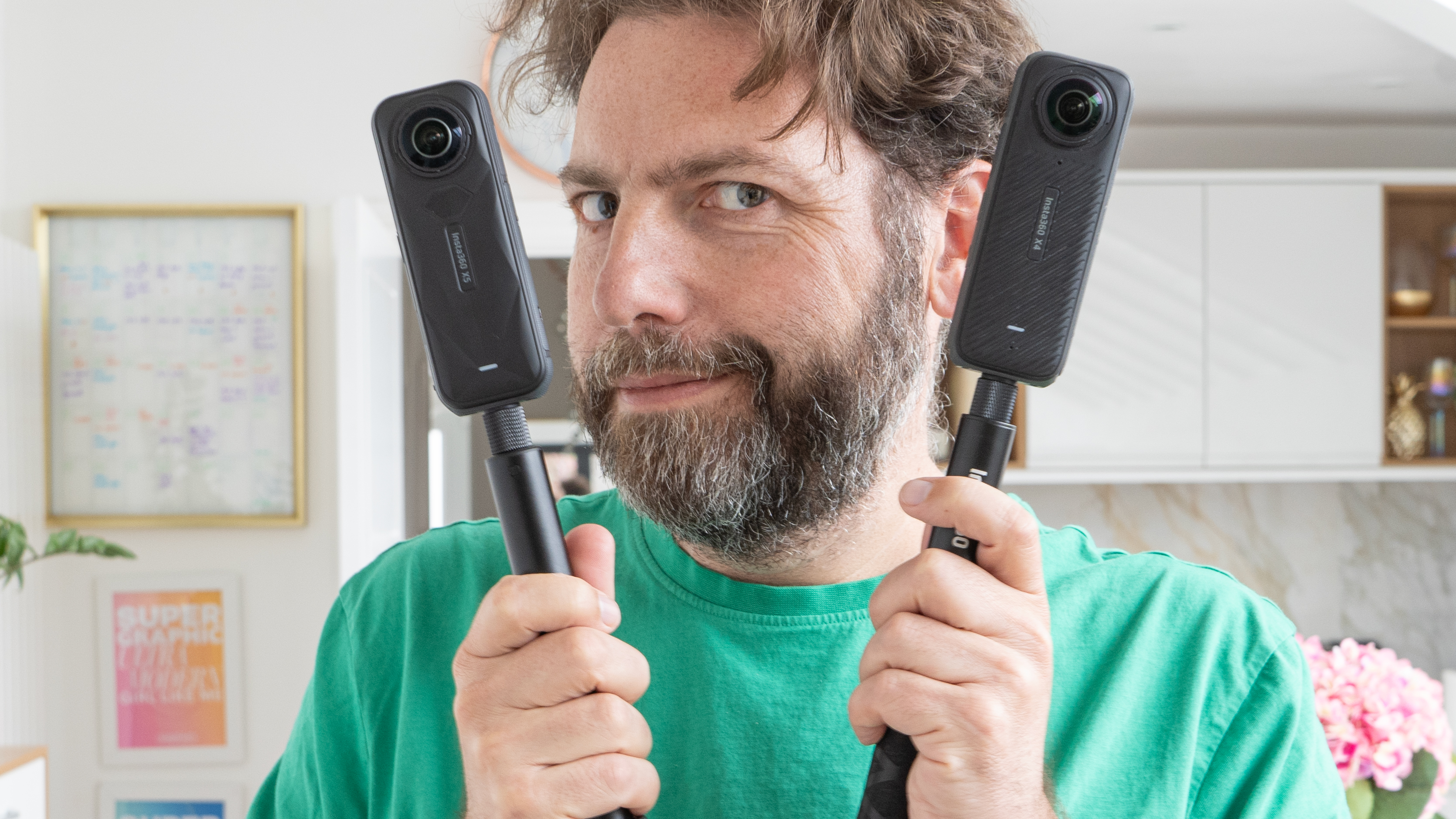NASA’s Hubble Space Telescope celebrates 10 years of keeping its lens trained on the giants of the solar system
The NASA OPAL project was designed to monitor the atmospheric changes on Saturn, Jupiter, Neptune and Uranus

The ever-faithful Hubble Space Telescope has been deployed on many missions over its 34 years in service, and helped us discover some of the deepest secrets of the universe.
One of these missions is the Outer Planet Atmosphere Legacy (OPAL) project, which involves Hubble making yearly observations of Jupiter, Saturn, Uranus and Neptune to understand their atmospheric dynamics and evolution over time.
The image below was collected as part of OPAL, and shows a montage of the four over the last 10 years between 2014 and 2024.
By measuring and monitoring features on each of these planets, scientists can use the data collected on these giant gas planets to understand their atmospheric dynamics and evolution over time.
The scientists from OPAL monitor the planets each year when they are closest to Earth in their orbit, to understand how their weather changes over time.
These outer planets experience seasonal changes and atmospheric conditions unlike those on Earth, due to their distance from the sun, and different rotational tilts relative to their orbital axis. Studying these differences can help scientists understand more about planets beyond our solar system, as well as our own.
Launched in April 1990 and named after Dr Edwin Hubble (1889-1953), Hubble orbits the Earth at an altitude of about 340 miles (547 kilometers), inclined 28.5 degrees to the equator, at a vantage point above the Earth’s negative atmospheric effects. Travelling at a speed of about 17,000mph (27,300kph) Hubble takes about 95 minutes to complete one orbit around the Earth.
Get the Digital Camera World Newsletter
The best camera deals, reviews, product advice, and unmissable photography news, direct to your inbox!

The light from space is distorted from the view of Earth by the shifting pockets of air in our planet's atmosphere – this is why stars seem to twinkle to our eye. The Earth’s atmosphere also blocks certain wavelengths of light, particularly ultraviolet light, which means that space is the only place where a telescope can get a truly clear and comprehensive view of the universe.
“Although Hubble also sees visible and infrared light, it is the telescope’s capability in the ultraviolet that will not be matched or replaced in the near future,” says NASA.
NASA adds: “Hubble collects light from celestial objects and directs it to the telescope’s science instruments. Hubble’s current suite of instruments includes the Wide Field Camera 3 (WFC3), Cosmic Origins Spectrograph (COS), Advanced Camera for Surveys (ACS), Space Telescope Imaging Spectrograph (STIS), and Fine Guidance Sensors (FGS).
“These are not the only instruments that have flown aboard Hubble. The telescope was designed to be visited periodically by astronauts, who brought new instruments and technology, and made repairs, from December 1993 to May 2009.”
You might also like…
Why not take a look at our guides to the best telescopes for astrophotography, the best cameras for astrophotography, and the best lenses for astrophotography.

After graduating from Cardiff University with an Master's Degree in Journalism, Media and Communications Leonie developed a love of photography after taking a year out to travel around the world.
While visiting countries such as Mongolia, Kazakhstan, Bangladesh and Ukraine with her trusty Nikon, Leonie learned how to capture the beauty of these inspiring places, and her photography has accompanied her various freelance travel features.
As well as travel photography Leonie also has a passion for wildlife photography both in the UK and abroad.
